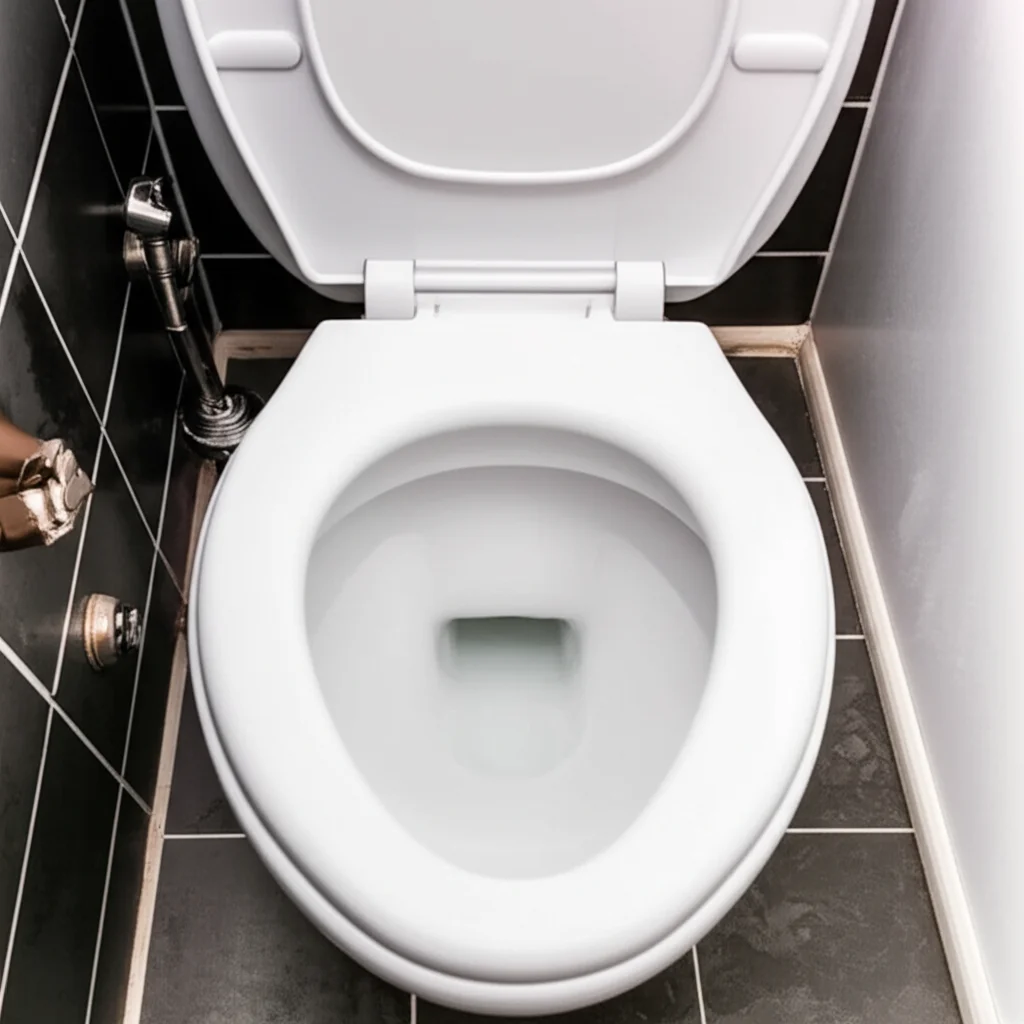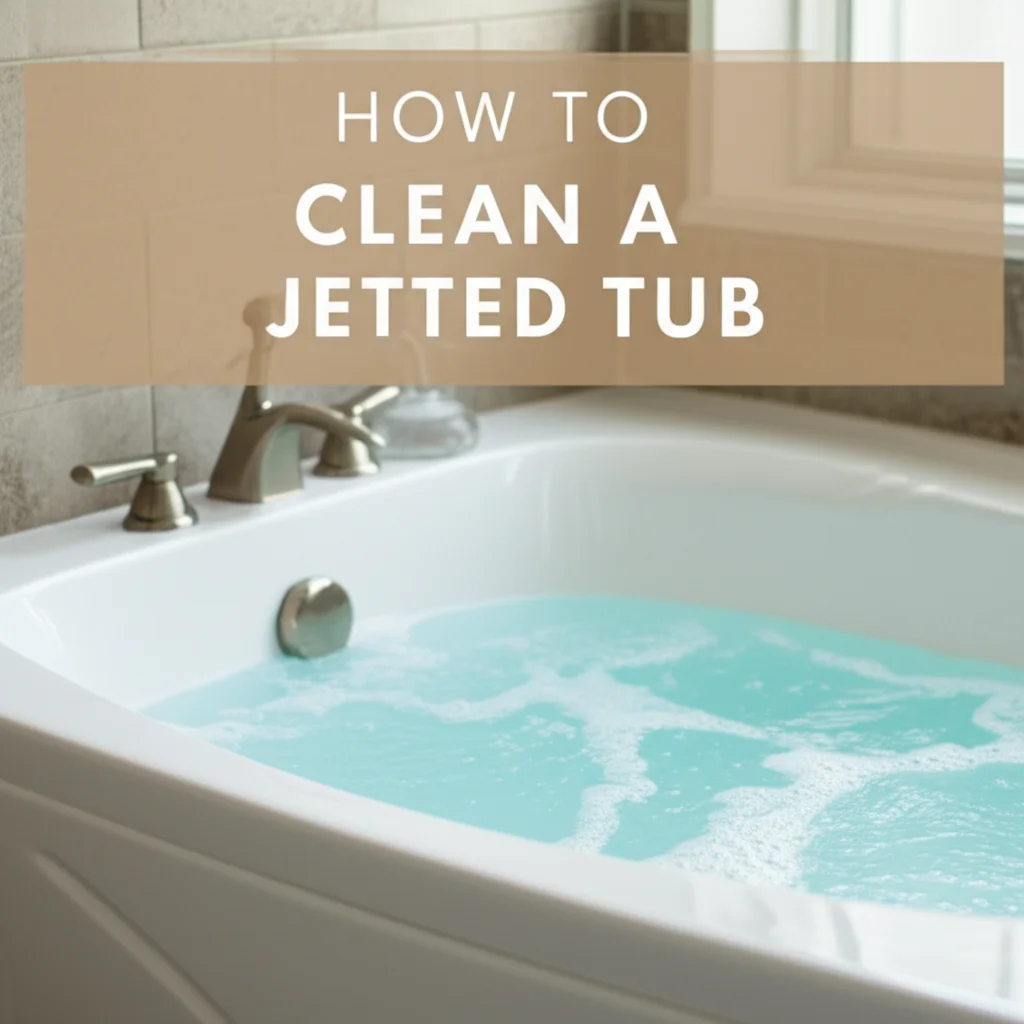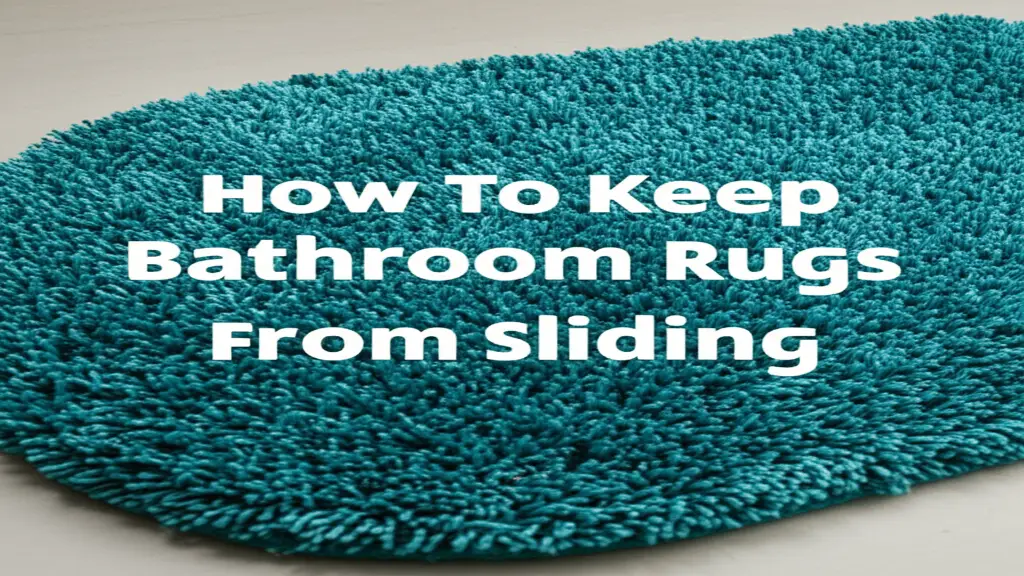· Todd Martin · Bathroom Cleaning · 15 min read
How To Clean Toilet

Sparkle & Shine: How To Clean Your Toilet Effectively
A clean bathroom feels fresh. The toilet is a key part of this space. Keeping it clean is not just about looks; it is about hygiene too. A sparkling toilet prevents germs from spreading. It ensures a healthy home environment. Many people wonder about the best way to clean toilet bowls and surfaces thoroughly. This guide provides clear steps. It covers everything from daily upkeep to tough stain removal. You will learn about essential tools and effective cleaning solutions. We will explore methods for every part of your toilet. Get ready to transform your bathroom into a cleaner, more inviting space.
Takeaway
- Gather essential tools and safety gear before you start cleaning.
- Clean the toilet bowl first, paying attention to the rim and water jets.
- Wipe down the toilet seat, lid, and exterior surfaces thoroughly.
- Target stubborn stains like rust, limescale, and rings with specific solutions.
- Consider natural cleaning alternatives for an eco-friendly approach.
- Perform regular maintenance to keep your toilet fresh and clean longer.
To clean a toilet, gather protective gear and cleaning supplies. Start by cleaning the bowl with a toilet cleaner and brush. Then move to the seat, lid, and exterior. Wipe down all surfaces. Finish by cleaning the toilet base and floor for a complete, hygienic result.
Essential Supplies for Effective Toilet Cleaning
Preparing your tools makes cleaning easier. You need the right supplies to clean a toilet well. Safety comes first. Always wear rubber gloves. They protect your hands from harsh chemicals and germs. Some people also wear eye protection. This shields their eyes from splashes. Good ventilation is important. Open a window or turn on the fan. This helps clear chemical fumes.
You have choices for cleaning agents. Commercial toilet bowl cleaners are popular. They come in liquid or gel form. Many contain disinfectants. For a more natural option, consider white vinegar and baking soda. These are effective and gentle. They work well for daily cleaning. You might also need a stronger solution for tough stains. Look for products designed for rust or limescale if those are issues.
Your cleaning tools are just as important. A good toilet brush is essential. Choose one with stiff bristles. It needs to reach under the rim. Have a scrub brush or old toothbrush for smaller areas. Keep sponges or microfiber cloths handy. You will use these for wiping down surfaces. A spray bottle can hold diluted cleaner. You may also need a bucket for mixing solutions. Do not forget paper towels or clean rags for drying. Make sure your toilet brush is clean too, as a dirty brush can spread germs.
Step-by-Step Guide: How To Clean Toilet Bowl and Rim
Cleaning the toilet bowl is the first major step. It is where most germs and stains collect. Begin by flushing the toilet. This wets the bowl and removes loose debris. Next, lift the toilet seat. Apply your chosen toilet bowl cleaner. Aim the cleaner under the rim. This is a common spot for grime. Many cleaners have angled nozzles. This helps you direct the product.
Let the cleaner sit for five to ten minutes. This allows the cleaner to break down stains. Read the product label for specific dwell times. While it sits, grab your toilet brush. Scrub the inside of the bowl thoroughly. Pay close attention to the water line. Also, scrub the bottom of the bowl. Make sure to reach all surfaces. Do not forget the siphon jet hole at the bottom. This area can accumulate grime and affect flushing efficiency.
The area under the rim needs extra focus. Use your toilet brush. Push it deep under the rim. Scrub vigorously. Grime and mildew often hide there. Some brushes have a special design for this spot. For deep-seated grime, you might need a dedicated tool. After scrubbing, flush the toilet again. This rinses away the cleaner and loosened dirt. Inspect the bowl. If stains remain, repeat the process. Knowing how to clean under the rim of a toilet ensures a truly spotless result. A clean bowl makes the whole bathroom feel better.
Beyond the Bowl: Cleaning the Toilet Seat, Lid, and Exterior
Once the toilet bowl sparkles, turn your attention to the rest of the toilet. The toilet seat and lid get a lot of use. They need regular cleaning. Start by lifting the lid and seat. Spray a general bathroom cleaner onto a clean cloth or paper towel. Wipe down both sides of the lid. Then, wipe the top and bottom of the toilet seat. Pay attention to hinges and screws. These areas can collect dust and grime. Use a small brush or cotton swab for tight spots. For heavily stained toilet seats, you might need a stronger solution or a gentle scrub pad.
Next, clean the toilet tank exterior and handle. These surfaces are often overlooked. Spray your cleaner onto a cloth. Wipe down the entire outside of the tank. Clean the flush handle thoroughly. Many hands touch this part. Make sure it shines. This also includes the porcelain surrounding the toilet. Wipe from top to bottom.
Finally, clean the base of the toilet. Dirt and dust gather around the bottom. Hair and spills can also collect there. Use your cleaner and a rag. Wipe all around the toilet base. Get down low to reach every corner. For tough spots, you might need to scrub gently. Ensuring you clean under the toilet base completes the job. This removes hidden grime and odors. Remember to dry all surfaces with a clean, dry cloth. This prevents water spots and leaves a streak-free finish. You can also learn how to clean a toilet seat without ruining it to protect its finish.
Tackling Tough Stains: Rust, Limescale, and Rings
Stubborn stains can make a clean toilet look dirty. Rust, limescale, and toilet rings are common problems. Each type of stain needs a specific approach. Do not despair; these stains are removable. Understanding their cause helps in prevention. But for now, let’s get rid of them.
Removing Rust Stains
Rust stains appear as reddish-brown marks. They often come from iron in your water supply. Old pipes can also cause rust. Standard cleaners may not remove them. Acidic cleaners work best for rust. You can use a commercial rust remover. Look for products containing oxalic acid. Apply the cleaner directly to the rust stain. Let it sit for the recommended time. Then scrub with a toilet brush. For natural options, lemon juice or vinegar can help. They have mild acidic properties. Apply to the stain, let sit, then scrub. For detailed steps, check out how to clean rust from toilet bowl.
Eliminating Limescale and Mineral Buildup
Limescale appears as white or off-white crusty deposits. Hard water causes it. Water evaporates and leaves behind minerals. These build up over time. Vinegar is excellent for limescale. Pour a generous amount into the bowl. Make sure it covers the mineral deposits. Let it sit for several hours, or even overnight. The acid in vinegar dissolves the minerals. Scrub well with your toilet brush. For very thick deposits, you might need a pumice stone. Gently rub the stone on the deposits. Be careful not to scratch the porcelain. For more tips, see how to clean limescale from toilet bowl and how to clean calcium buildup in toilet. For extreme cases, learning how to clean toilet with pumice stone can be very useful.
Conquering Toilet Rings
Toilet rings are often brown, black, or yellowish. They form at the waterline. These rings are a mix of mold, mildew, and mineral deposits. Chlorine bleach can help with dark rings. Pour some bleach into the bowl. Let it sit for at least 30 minutes. Then scrub with a toilet brush. For a safer alternative, use borax. Sprinkle borax on the ring. Spray with vinegar. This creates a powerful scrubbing paste. Let it sit before scrubbing. For persistent toilet ring stains, repeat the process. If you notice a black ring under the toilet rim, address it quickly. For comprehensive solutions on stained toilet bowls, various methods exist. Some stains are tough, but with persistence, you can make your toilet bowl spotless.
Natural & Eco-Friendly Toilet Cleaning Methods
Many people prefer natural cleaning options. They are safer for your family and the environment. These methods use common household ingredients. You can still achieve a sparkling clean toilet without harsh chemicals. Natural cleaners are often just as effective for regular maintenance and lighter stains. They also leave a fresh, chemical-free scent.
Baking soda and vinegar are a powerful duo. First, sprinkle one cup of baking soda into the toilet bowl and around the rim. Let it sit for about 15-20 minutes. Baking soda is a gentle abrasive. It helps lift dirt and deodorize. Next, pour two cups of white vinegar into the bowl. The vinegar reacts with the baking soda, creating a fizzing action. This fizz helps to loosen stubborn grime and mineral deposits. Let this mixture sit for at least 30 minutes, or even a few hours for tough stains. Then, scrub with your toilet brush. Flush to rinse. This method works well for general cleaning.
Lemon juice offers natural acidity and a pleasant smell. You can use it alone for light stains. Squeeze fresh lemon juice directly onto problem areas. Let it sit for a while. Then scrub and flush. For a deeper clean, mix lemon juice with baking soda. Apply this paste to stains. It combines the abrasive power of baking soda with lemon’s cleaning action. This mixture leaves a clean, citrus scent.
Borax is another useful natural cleaner. It works well on mold and mildew. Sprinkle about half a cup of borax into the toilet bowl. Let it sit for an hour. Then scrub and flush. For more stubborn black stuff in the bowl, borax is a good option. Sometimes, unexpected items like Coke can even help clean toilet bowl stains due to its phosphoric acid. These natural methods are gentle on your plumbing. They are a great choice for regular cleaning. They also reduce your exposure to strong chemicals.
Deep Cleaning and Special Considerations
Sometimes, a standard clean is not enough. Toilets can hide grime in less obvious places. A deep clean addresses these hidden areas. Special types of toilets also need specific cleaning care. Knowing these details ensures complete hygiene.
Inside the Tank: A Deep Clean
Most people clean the visible parts of the toilet. The toilet tank often gets forgotten. Yet, it can accumulate mold, mildew, and mineral deposits. These can affect flushing efficiency. They can also cause odors. To clean the tank, first turn off the water supply. Flush the toilet to empty the tank. Next, spray a mixture of white vinegar and water inside the tank. You can also use a cup of baking soda in the toilet tank. Let it sit for an hour. Then, scrub the inside walls with a non-abrasive brush. Pay attention to the mechanisms. Turn the water back on. Flush several times to rinse the tank. A clean tank improves overall toilet performance. For more in-depth guidance, explore how to clean a toilet tank. Cleaning the toilet fill valve can also prevent issues.
Dealing with Clogs and Blockages
A dirty toilet sometimes means a clogged toilet. Hair, excess toilet paper, or other items cause blockages. A plunger is your first line of defense. Place it over the drain hole. Plunge vigorously up and down. This creates pressure to dislodge the clog. For stubborn clogs, a drain snake can help. Chemical drain cleaners are also an option. Use them with caution. Follow product instructions carefully. They can be harsh on pipes. For severe blockages, you might need professional help. Knowing how to clean a blocked toilet ensures proper function. This also includes the toilet pipe blockage which can be more complex.
Special Toilet Types
Not all toilets are the same. Recreational vehicles (RVs) and campers have unique toilets. They often use less water. They also have special waste tanks. Cleaning an RV toilet or camper toilet involves specific chemicals. These chemicals break down waste safely. Do not use harsh household cleaners. They can damage the system. Compost toilets operate differently. They do not use water for flushing. Cleaning a compost toilet involves emptying and cleaning the composting chamber. It also includes wiping down surfaces. These toilets require specific maintenance routines. Always refer to the manufacturer’s guidelines for special toilet types.
Maintaining a Spotless Toilet: Tips for Regular Care
Cleaning your toilet thoroughly is great. Keeping it clean is even better. Regular maintenance prevents grime buildup. It also means less effort for deep cleans. A consistent routine makes toilet hygiene simple. This ensures your bathroom always feels fresh and inviting.
How often should you clean your toilet? It depends on usage. For an average household, a quick wipe-down every few days is good. A more thorough clean once a week is ideal. If you have many people using the bathroom, clean it more often. Daily maintenance takes minutes. Weekly cleaning ensures deep hygiene.
Incorporate daily habits for a cleaner toilet. After each use, give the bowl a quick swish with a brush. This prevents fresh stains from setting. Keep a spray bottle with a mild disinfectant solution nearby. A quick spray and wipe of the seat and handle prevents germ spread. This small effort makes a big difference. It stops grime before it becomes a problem.
Your weekly routine should include all the steps discussed earlier. This means cleaning the bowl, seat, lid, and exterior. Check for any developing stains. Address them immediately. Do not let them become stubborn. Use your preferred cleaner. Finish by drying all surfaces. This prevents water spots and leaves a shine.
Prevention is key to a spotless toilet. Flush the toilet completely after each use. This moves waste out of the bowl. Ensure proper ventilation in your bathroom. This reduces humidity. Less humidity means less mold and mildew growth. Consider using toilet bowl tablets that clean with each flush. But use these with caution. Some can damage toilet components over time. Always keep your toilet brush clean. A dirty brush can spread bacteria. Regular care makes toilet cleaning less of a chore. It keeps your bathroom consistently fresh.
FAQ Section
How often should I clean my toilet?
For a hygienic bathroom, clean your toilet at least once a week. If you have a busy household, consider cleaning it more frequently, perhaps every few days. Daily quick wipes of the seat and handle can help maintain cleanliness between deeper cleans. Consistency is more important than intense, infrequent scrubbing.
What is the best way to remove a brown toilet ring?
Brown toilet rings often indicate mineral deposits or hard water stains. White vinegar is very effective. Pour a generous amount into the bowl, ensuring it covers the ring, and let it sit overnight. Scrub with a toilet brush in the morning. For stubborn rings, a pumice stone can be used carefully.
Can I use bleach to clean my toilet?
Yes, you can use bleach to clean and disinfect your toilet bowl. Pour about half a cup into the bowl, letting it sit for 10-15 minutes before scrubbing and flushing. Avoid mixing bleach with other cleaners, especially ammonia-based products, as this creates dangerous fumes. Use bleach in a well-ventilated area.
How do I get rid of black mold in my toilet bowl?
Black mold in the toilet bowl often appears under the rim or at the waterline. Apply a mold-killing cleaner, such as a bleach solution or a strong vinegar solution, directly to the affected areas. Let it soak for at least 30 minutes, then scrub thoroughly with a toilet brush. Ensure good ventilation while cleaning.
Are natural cleaners as effective as chemical ones for toilets?
Natural cleaners like vinegar, baking soda, and lemon juice are effective for regular cleaning and lighter stains. They are safer and eco-friendly. For tough stains like heavy limescale, rust, or severe mold, commercial chemical cleaners may offer quicker, more powerful results. The best approach often combines both, using natural for maintenance and chemicals for deep cleaning when needed.
Why does my toilet get dirty so quickly?
Several factors can cause a toilet to get dirty fast. Hard water leaves mineral deposits and rings. Infrequent flushing or low water pressure can also contribute. Lack of proper ventilation in the bathroom can promote mold and mildew growth. Regular use, especially in large households, naturally leads to quicker dirt buildup. Addressing these underlying issues can help.
Conclusion
Cleaning your toilet might seem like a chore. However, it is an important part of home hygiene. You now have the knowledge to clean toilet areas thoroughly. We covered everything from gathering supplies to tackling tough stains. You learned step-by-step methods for every part of your toilet. This includes the bowl, seat, and exterior surfaces. We also explored effective natural cleaning solutions. Remember to clean your toilet tank and address any blockages. Maintaining a clean toilet is simple with a consistent routine. This ensures a fresh, inviting bathroom. A clean toilet means a healthier home for everyone. Take these tips and make your toilet sparkle today! Regular care makes all the difference. Start your routine today and enjoy a truly clean home.




